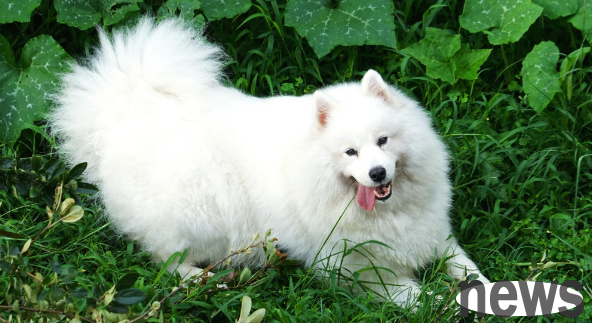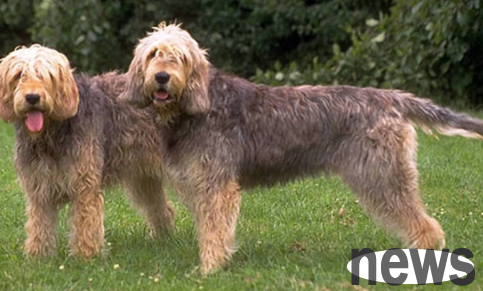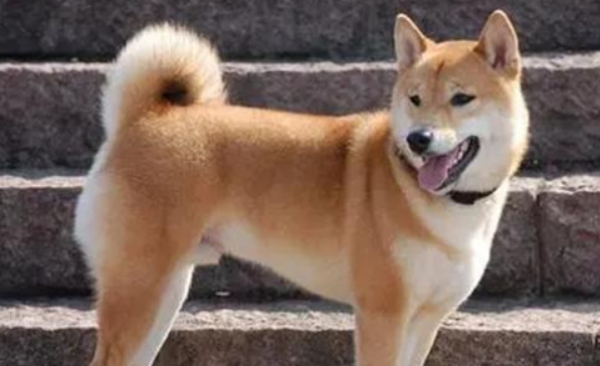How much does it cost to raise a dog a month in Shenzhen | 70% of dog owners in Shenzhen spend 1,000 yuan a month, and rich pet owners spend 400,000 yuan in 3 years
Nowadays, cute pets have become a member of many families, and many "poop scrapers" are frugal and frugal to provide their dogs with good food and fun, which has brought huge business opportunities to the pet consumer market. However, there are extreme cases where the owner spends 6,000 yuan a month on a nanny for his dog when he is away from home for a long time, which costs a huge 400,000 yuan in three years. Recently, a pet door-to-door service company used big data to describe the pet consumption views of dog owners in Shenzhen. Data shows that nearly 70% of dog owners in Shenzhen spend about 1,000 yuan on dogs every month. In terms of category proportion, dog bathing and grooming services and dog food consumption are the largest, accounting for nearly 60% of the total consumption.

Case: The monthly average monthly average of beautiful women raising dogs exceeds 10,000 yuan, and they specialize in dog nannies
Ms. Sun, who lives in Xixiang, has had an ancient dog for 6 years. Although the silly and stupid dog is a bit bigger, it is particularly popular with residents in the community. Ms. Sun said that the usual expenses for dogs are nothing more than food and bathing. A bath once a week costs 80 yuan, food and occasional medical treatment cost several hundred yuan, and the monthly cost is more than 1,000 yuan. Two years ago, the dog got seriously ill, and Ms. Sun spent more than 10,000 yuan to treat the dog. Among the dog owners visited by the reporter, it was found that most dog owners spend similar amounts to Ms. Sun on their dogs, but there are also more extreme cases.
Ms. Huang from Guizhou is an actress. She has a 3-year-old poodle "Huang Niuniu". She spends money on dogs in style. According to Ms. Huang, she spent nearly 400,000 yuan on dogs in three years.
How could it cost so much? Ms. Huang said that it was mainly about food, clothing, and fun. In terms of food, Ms. Huang ordered dog food from Japan. Not only that, but also hair beauty powder, calcium tablets, and nutrients. These alone cost 70,000 yuan a year. When it came to wearing them, Ms. Huang bought three to four hundred pieces of clothing for her dogs, many of which were limited editions. "I also bought a lot of parent-child clothes for Niuniu." In order for Niuniu to play better, Ms. Huang took her to a special dog park and even held a birthday party for the dog in a private club. She asked a photographer to take photos of the dog, plus drinks and venues, which cost more than 30,000 yuan at a time.
Because of her career as an actress, Ms. Huang often films outside. In order to better take care of the dog, she hired a nanny to take care of Niuniu while she was away from home, which cost more than 6,000 yuan a month. She calculated that she would spend more than 10,000 yuan on Niuniu a month.
Data: Pet service expenditure ranks first
"I have to save money and live frugally, but also give Niuniu a good life." Ms. Huang said that although she spent nearly 400,000 yuan in three years, accounting for 1/3 of her income, she still felt it was worth it.
However, in the eyes of ordinary dog owners, even if they want to treat their dogs well, they cannot spend so much money. Recently, an O2O pet door-to-door service company combined the data of 50,000 Shenzhen dog owners who have used its service from May to October this year to statistically analyze the pet consumption views of Shenzhen dog owners.
Data show that on average, dog owners spend 500 to 1,000 yuan on dogs every month, accounting for 35.7%, and 1,000 to 1,500 yuan account for 33.2%. These two have the largest shares, accounting for nearly 70% in total. The proportion of those with an average monthly income of more than 10,000 yuan is only 3.8%, and the lowest is less than 500 yuan, only 0.3%.
In terms of the proportion of dog consumption categories, dog bathing and other services, staple food, medical care and vaccines rank in the top three, accounting for 29.8%, 27.3% and 15.2% respectively. Other consumption proportions include snacks and clothing, and toiletries account for the smallest proportion, only 3.4%. Specifically, when it comes to dog consumption on services such as bathing and grooming, the largest consumption is between 300 yuan and 450 yuan, accounting for 39.2%, followed by 150 yuan to 300 yuan (27.7%).
Lots of money: Nearly 2,000 people in Shenzhen spend an average of 10,000 yuan on dogs every month.
According to data, there are nearly 2,000 dog owners in Shenzhen who spend more than 10,000 yuan on dogs on average every month. Spending money on dogs directly promotes the prosperity of the pet consumer market.
In the hearts of these dog owners, dogs are like their own children. Ms. Huang said that she has been fond of animals since she was a child and has owned more than a dozen dogs. "My Niuniu recognizes her master, is clingy and sensible, and she even has my last name."
Some pet experts said that at this stage, the average monthly expenditure of pet-raising families in China is about 1,000 yuan, of which the main expenditures include pet service expenditures, food expenditures, medical expenditures, etc. Some dog owners increasingly dote on their pets and treat them like children, which in a sense is a manifestation of spiritual emptiness. For example, spending money to buy clothes for cats and dogs is to meet their own needs. Before deciding to adopt a pet, you should consume rationally and make preparations based on your own situation. “Not only do you need to be financially prepared, but you also need to devote energy to taking care of your pets.”




